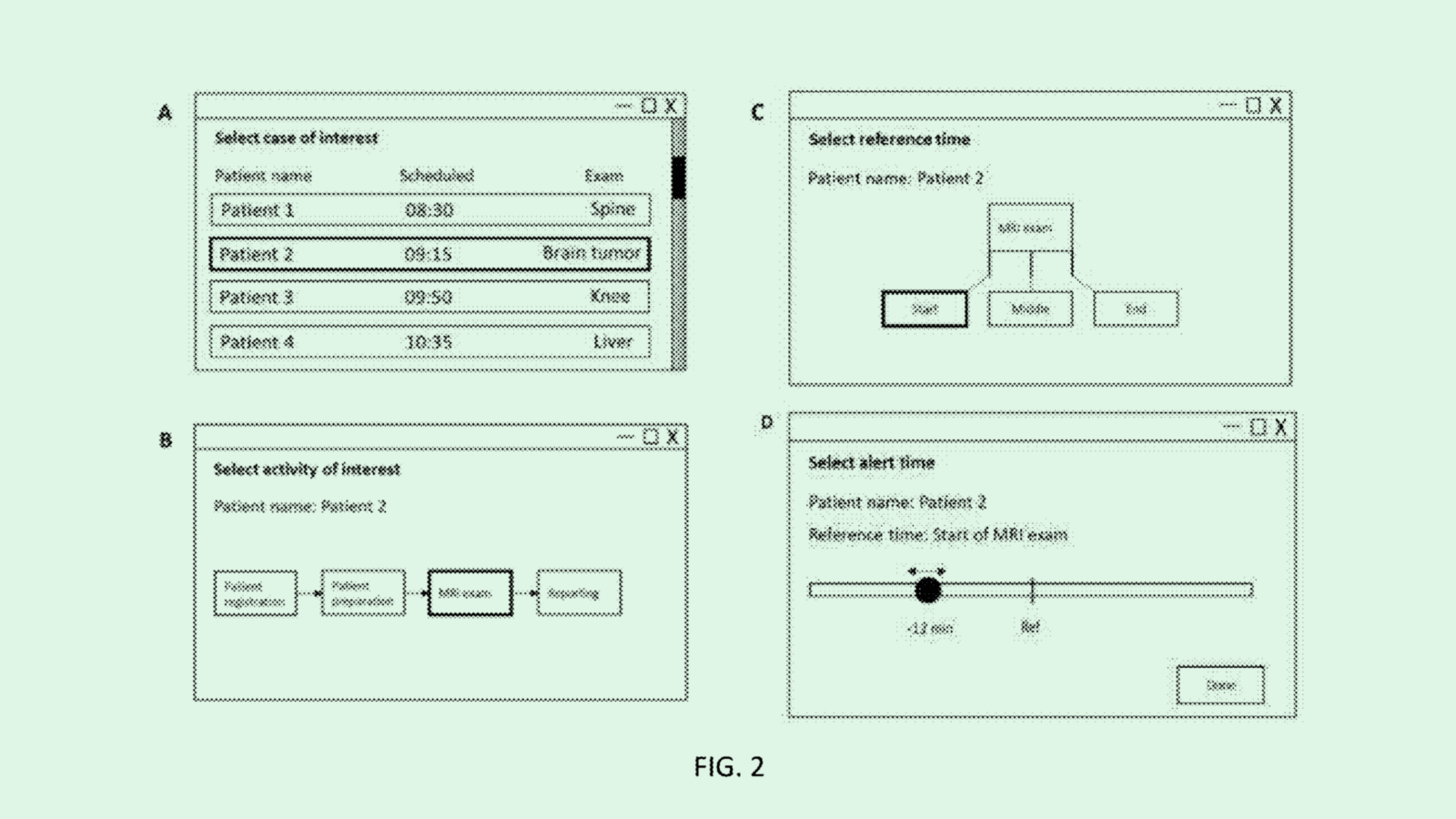Happy Thursday, and welcome to CIO Upside.
Today: The shifting patchwork landscape of AI regulation may force enterprises to forge their own governance paths. Plus: How enterprises should approach AI job replacement versus augmentation, and a recent Philips patent predicts hospital delays.
Let’s take a look.
Murky AI Rules Leave Enterprises Grappling With Self-Regulation

Thanks to the ever-shifting nature of AI, regulating the tech can be a moving target.
The looming effective date for some EU AI Act rules offers a case in point. European tech firms have rallied in opposition, with a group of more than 45 companies — including Mistral AI, Airbus and ASML — writing a letter to the president of the European Commission, Ursula von der Leyen, calling for the postponement of rules that would rein in models in favor of a more “innovation-friendly regulatory approach.”
The signatories, calling themselves the EU AI Champions Initiative, claim that Europe’s competitiveness in the race for AI innovation will be “disrupted” by unclear, overlapping and increasingly complex regulations in the region:
- “This puts Europe’s AI ambitions at risk, as it jeopardizes not only the development of European champions, but also the ability of all industries to deploy AI at the scale required by global competition,” the letter claims.
- The EU AI act was passed last year, with the goal of curbing risks posed by AI. Giants like OpenAI must be in compliance by August or face fines.
Despite the fear that regulation will stymie innovation, rules like these simply aim to ensure that the technology is being developed in a way that won’t cause more harm than good, said Bill Wong, AI research fellow at Info-Tech Research Group. “It’s possible to innovate and still keep safety in mind,” said Wong.
The EU is often a trendsetter in regulation, he added. Many governments followed the lead of the region’s General Data Protection Regulation, whose groundbreaking privacy rules went into effect in 2018, he noted. AI regulation may follow a similar path – though likely not in “innovation-driven and very legislation-light” regions like the US, he noted.
With tech that’s constantly evolving, regulation can be a tricky beast, said Wong, especially as many regulators operate “at a snail’s pace.” Instead of regulating the tech itself, “most folks around the world are going to measure the risk by the context,” he said.
And demand for this regulation is high among enterprises and IT leaders, said Wong. Many companies don’t trust the handful of Big Tech vendors that pull the strings of the most powerful AI models to properly manage the risks, he said.
The only option that enterprises have as it stands is to self-regulate, Wong said. Adopting risk management frameworks, like those released by the National Institute of Standards and Technology, International Organization for Standardization, and the Organisation for Economic Cooperation and Development, could provide companies with at least some protection as regulation develops.
Without risk management, whether an enterprise is beholden to regulation or not, the tech presents major risks for both the companies and the users putting it into practice, he said.
“I think everybody would agree: It’s a free-for-all,” said Wong. “It’s the Wild West right now.”
What’s At Risk When You Replace Workers With AI?

AI is prompting enterprises to rethink their workforces entirely.
As the overall US job market tightens, with private companies shedding 33,000 jobs in June, many executives predict that AI will drive much more severe layoffs over the long term. Ford CEO Jim Farley told The Wall Street Journal last week that artificial intelligence will replace “literally half of all white-collar workers in the U.S.”
Tech firms, in particular, have bled positions. Microsoft is cutting 9,000 employees, according to recent reports, and Intel said in June it would cut up to 20% of its Foundry unit’s staff, adding to an April decision to slash 15,000 workers.
While Big Tech is going all-in on replacing workers with AI, many enterprises are inclined to take it slower, said Larry Kodali, CEO and founder of AI hiring firm OptimHire. They are focusing instead on how to augment their workforces with AI.
“White-collar jobs are the ones that are being more impacted,” said Kodali. “But in terms of replacing, I’m seeing augmentation mostly right now because of the increased efficiency.”
One report from the World Economic Forum in February found that as many as 41% of employers sought to downsize their workforces because of AI. The shift from job augmentation to job replacement is likely to accelerate with the onset of more powerful AI and autonomous agents:
- The typical starting point is entry-level job functions, said Kodali. Those include customer service, administrative work and even some early concept work in marketing and graphic design.
- “Low-level activities that used to rely on human beings are slowly getting eliminated,” said Kodali. “It’s time that everybody learns how to upskill themselves, and very quickly.”
Still, AI’s risks make it impossible to automate entire departments, Kodali said. AI is realistically inseparable from hallucination, making it impossible to trust without the oversight of human eyes.
Enterprises “are trying to enhance the skills, retrain their employees to use these AI tools, introducing them into their process and workflows at a very rapid pace,” he said, but “there’s always going to be a human element in every department. There’s going to be humans involved in every angle.”
Philips Patent Leverages AI to Make Healthcare More Predictable

Healthcare can be unpredictable, but Philips is trying to help both providers get prepared regardless.
The medical device firm filed a patent application for “clinical procedure event prediction,” using an AI model to forecast chains of events in a healthcare setting in real time so that staff can avoid delays or adjust resources.
Philips’ patent essentially describes an AI-powered workflow management tool for healthcare. It takes in both historical workflow data and case-specific data pertaining to individual patients to create schedules of different procedures, estimating time gaps in between and giving staff updates on potential delays.
“Tracking and monitoring processes which occur in a clinical or healthcare domain in real-time” enables health professionals to allocate resources more appropriately, Philips said in the filing.
This patent isn’t the first time we’ve seen AI make inroads into healthcare. Philips has previously sought to patent tech for AI-powered ultrasound that relies on a generative model to create high-quality medical images, ER delay prediction and monitoring neurodegenerative diseases. Big Tech, too, has taken an interest: Google, Amazon and IBM have all sought patents for AI-backed healthcare innovations.
Outside the land of IP, tech giants have been publicly boasting about their medical AI achievements. Microsoft AI CEO Mustafa Suleyman said in recent weeks that its AI tools can diagnose patients four times more accurately than human doctors. Amazon, meanwhile, has embedded AI tools into its healthcare arm, One Medical. And Google earlier this week announced AI initiatives to support mental health research and treatment.
It makes sense that these firms are seeking to develop such tools: The healthcare industry can be lucrative. The data security problems that AI still poses, however, could pose a major roadblock to adoption, especially in the face of US regulations like HIPAA. And given the healthcare industry already faces cybersecurity pitfalls, introducing AI could make for even more risk.
Extra Upside
- X Out: Linda Yaccarino has stepped down as CEO of X after just over two years at the Elon Musk-owned social media app.
- In the Clouds: Nvidia briefly hit a market cap of $4 trillion on Wednesday, making it the first company to achieve this milestone.
- Innovation Rarely Whispers. Semafor Tech spotlights the people, capital, and ideas transforming industries worldwide — with sharp analysis and insightful scoops delivered to your inbox twice-weekly. Subscribe for free.*
* Partner
CIO Upside is a publication of The Daily Upside. For any questions or comments, feel free to contact us at team@cio.thedailyupside.com.
